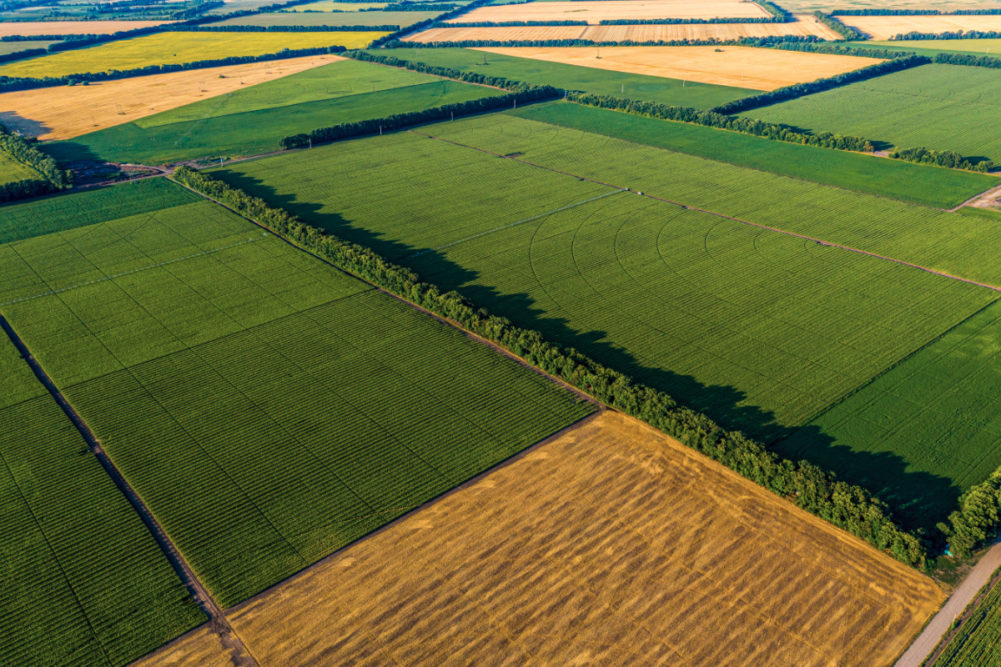KANSAS CITY, MISSOURI, U.S. — There were signs of optimism for the U.S. economy and agriculture as 2020 began, CoBank’s Knowledge Exchange Division said in its Quarterly U.S. Rural Economic Review.
“Optimism over the phase one China deal should benefit producers, input suppliers and exporters alike,” CoBank said, which also saw the animal protein sector benefiting from the deal. Cobank also expects increased U.S. corn and soybean plantings and higher milk prices in 2020, while winter wheat seedings are seen at historic lows.
“The fourth quarter is ending with much more optimism on trade and the economy compared to how it began,” CoBank said, noting a year-end “blitz” on trade (including a phase one deal with China and advancement of the U.S.-Mexico-Canada Agreement), immigration reform and agricultural labor. “All three policies would be significant milestones for the U.S. economy, rural economy and the agricultural sector.”
CoBank noted that while yet to be proven true, indications that China agreed to buy $40 billion annually in U.S. agricultural goods would provide widespread benefit for U.S. agriculture “as soybeans would account for only a small portion of the increase.”
The United States and China are set to sign a phase one trade deal on Jan. 15.
“We expect China to continue to issue more tariff exemptions to its agricultural importers, making purchases of U.S goods more cost effective,” CoBank said.
The U.S. economy continued to “hum” along going into 2020, benefiting from the Federal Reserve’s three rate cuts in 2019, 50-year low unemployment, wages outpacing inflation, strong housing prices, strong consumer spending and the “wealth effect” of record highs in equity markets, CoBank said.
“The current strength of the economy, however, is precarious in the sense that it is almost entirely dependent on consumers,” CoBank said. “Businesses have not been investing in capital goods, and corporate revenue growth has slowed while labor costs continue to climb higher.”
On the agricultural side, CoBank said inclement weather in 2019 had wide-ranging implications for crop prices, basis levels and crop quality.
“Despite the extreme weather and price volatility, corn and soybean prices ended nearly unchanged for the (fourth) quarter,” CoBank said. “Wheat, rice, cotton and sugar prices ended the quarter higher on concerns over smaller U.S. harvests and an improved export pace.
“Volatile weather, trade tensions and a strong U.S. dollar were the key themes impacting U.S. grain and oilseed exports and production in the fourth quarter.
“Given the quality concerns of this year’s (2019) harvest and the substantial amount of grain still in the field, we are bracing for continued downward revisions on final production, yield and ending stock numbers for corn and soybeans.”
CoBank noted that grain elevators were holding corn to capture carry but were struggling to buy corn from slow farmer selling and harvest delays in the fourth quarter. But farmers more readily sold soybeans, and grain handlers acquired soybeans more readily than corn.
For wheat, CoBank noted smaller Southern Hemisphere crops, especially in Australia, will support U.S. exports into Southeast Asia. Another annual drop to historical lows in winter wheat plantings would in part reflect planting struggles and low emergence in some areas.






